Abstract landscape photography is more than just capturing a scene – it's about telling a story through visual interpretation, breaking down traditional boundaries of perception. Over the years, I've discovered that the most compelling images often emerge when you're willing to look beyond the literal and explore the essence of a landscape.
Understanding Abstract Landscape Photography
At its core, abstract landscape photography is about seeing beyond the obvious. It's not about documenting a scene precisely, but rather interpreting its fundamental elements – shape, colour, texture, and light. Think of it like deconstructing a landscape into its most elemental components, then reconstructing it through your unique artistic vision.
I remember a workshop shoot in New Zealand this year where I deliberately moved away from traditional landscape techniques and got the workshop participants to all shoot outside of the box. Instead of capturing the entire seascape vista, I encouraged everyone to focus on the intricate patterns in the sand, beautiful smooth pebbles, waves, the interplay of light and shadow, and the subtle colour gradations that many photographers would overlook. I’m sure at first everyone looked at me like I was slightly mad but in the end everybody really got into it and embraced it and saw the scene with new eyes.
Essential Techniques for Abstract Landscape Capture
Breaking down traditional photographic rules is key to creating compelling abstract landscapes. Here are some techniques I've developed over the years:
1. Intentional Camera Movement
Deliberately moving your camera during a long exposure can transform a standard landscape into an ethereal, painterly composition. I typically use shutter speeds between ¼ and 2 seconds, experimenting with vertical, horizontal, and circular movements. The goal is controlled chaos – creating a sense of motion that captures the landscape's underlying energy.
2. Close-Up and Intimate Compositions
Sometimes the most interesting landscapes are right at your feet. Look for patterns, textures, and abstract forms in small sections of a scene. Rock formations, water reflections, sand and plant textures can become extraordinary when viewed through a macro or telephoto lens.
3. Minimalist Approaches
Simplicity can be incredibly powerful. Reduce your composition to its most essential elements – a single line, a subtle colour transition, or a geometric shape. I often use negative space to create tension and draw the viewer's eye to the critical elements of the image.
Equipment Recommendations
While technique matters most, having the right gear can help. I typically use:
- Canon R5 mirrorless camera
- Wide-angle and macro lenses
- Sturdy tripod (Lisa uses Explorer and the new Leophoto is my go-to brand)
- Neutral density filters for long exposures
- A flexible mindset – your most important tool!
Post-Processing for Abstract Landscapes
Post-processing is where abstract landscapes truly come to life. In Adobe Camera RAW and Photoshop, I focus on:
- Manipulating colour palettes
- Adjusting contrast and luminance
- Using selective masking techniques
- Experimenting with tone curves
- Removing distracting elements
Pro tip: Don't be afraid to push your editing creatively. Abstract photography is about interpretation, not strict representation.
Creative Considerations
The most important aspect of abstract landscape photography is your unique vision. Break the rules, experiment, and most importantly – trust your creative instinct. If a scene catches your eye, there's a reason. Sometimes the most compelling photographs emerge when you're willing to see the world differently.
Remember, there are no strict rules in abstract photography. Your unique perspective is your greatest asset. Whether you're using intentional camera movement, close-up compositions, or creative post-processing, the goal is to evoke emotion and challenge perception.
My final piece of advice? Get out there, experiment, and don't be afraid to fail. Some of my most compelling images emerged from what initially seemed like photographic mistakes. Have a crack and try something new this week.
Keep shooting, stay curious, and embrace the abstract.
- Brett Wood





